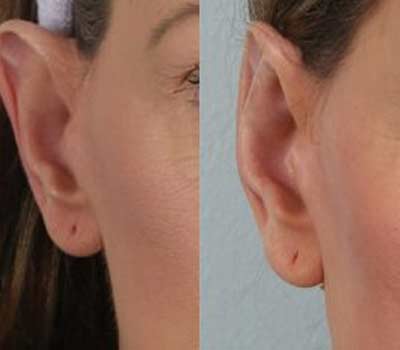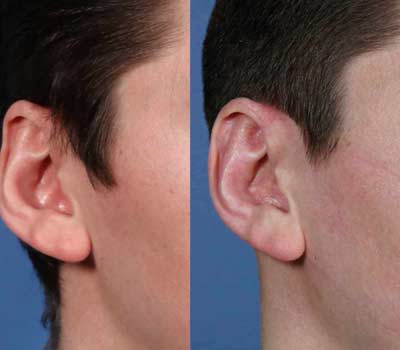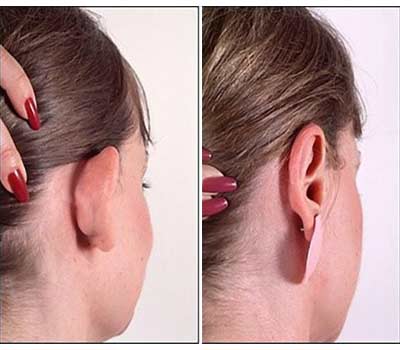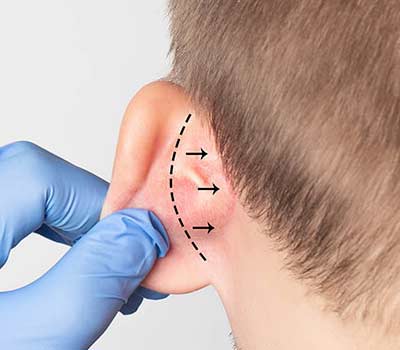
Unglued or protruding ears, along with other defects of shape or excess size, almost always cause psychological problems that make social relationships difficult.
Dislodged ear surgery
This is a very common genetic defect. Surgery to correct detached ears or otoplasty is the most common cosmetic surgery performed in children.
After 6 months of age, cartilage is so stable that it can only be remodeled with surgery.
In general, children only become aware of their unglued ears after hearing comments from other children.
The ear consists of thin skin directly over a cartilage skeleton, except for the earlobe which has no cartilage.
Other ear operations
In older people, it is not uncommon for the ears to reach larger dimensions, especially at the level of the lobes.
Sometimes an earlobe is torn from an earring being pulled out accidentally or due to its excessive weight. In these cases, the patient must wait sometime after the correction before wearing earrings again or making a new hole in another position.
Other less frequent and reconstructive surgeries may also be performed on the ear.
The consultation
In the first consultation, you will express your wishes and expectations, and it will be explained how otoplasty is performed, answering your questions.
At the consultation, we start by photographing your face in order to jointly analyze the necessary changes. You can also complete a questionnaire about your health status, illnesses, and previous operations.
The cause of detached ear can be located in two specific points of the ear: the antehelix and/or the concha. The antehelix is located in the upper central part of the ear and when there is no curvature, the ear is “unglued” from the head. The shell is the concave area next to the ear canal and which is in contact with the skull, if it presents an angle that is too open or is large in size, the ear is also “unglued” from the head. The lobe may also be farther away.
During the consultation you will also receive information about the cost of the surgery, when we can perform the procedure. If you wish, we will arrange the appointment of the surgery.
The surgery
It is a surgery with few risks or complications. There are different surgical techniques. But the purpose is to place the ear closer to the head, but not glued, in a more natural position. This without causing fractures or sharp angles in the cartilage.
It is not usually possible to make both ears exactly alike.
Ideally, children should want to do the surgery for themselves and not to satisfy their parents.
The surgery is performed under general anesthesia in children and local anesthesia in adults. It takes about 2 hours. An incision is made in the back of the ear and in some techniques, stitches are made with threads that mold the cartilage backwards, sometimes after the cartilage has weakened.
After shaping the ear, the incision is sutured and a bandage is placed on the head, which is kept for 36 hours.
Does not require hospitalization.
After Surgery
The pain disappears after a day
You may experience severe pain in the ear hours after the surgery, but this is relieved with the help of painkillers and disappears after a day.
During the first 48 hours the “helmet” around the head is very important to avoid complications. At the Regency Hospital, Dr. Amit Verma removes this “helmet” after 36-48h, at this point the ear is still swollen and with a reddish color.
Remove stitches after 10 days
After 10 to 14 days, return to the Hospital to have the stitches removed.
As a precaution against sudden and involuntary movements during sleep during the first month at night, you should wear a light compression band to protect your ears.
Physical activity should be avoided for about 3 weeks but sports with physical contact should be avoided for 2 months. Sensitivity is altered for a few months.
The results can be excellent both physically and psychologically.






